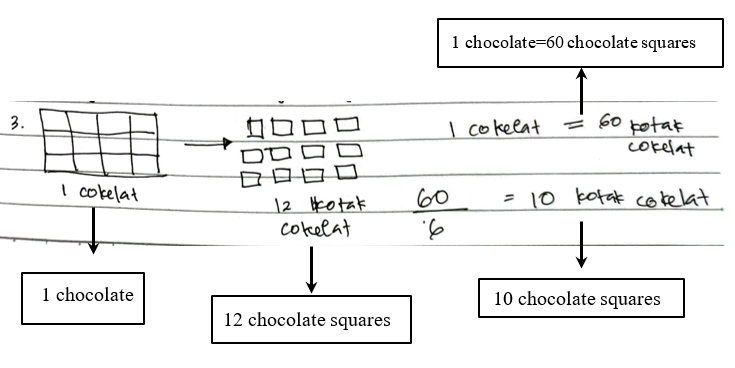Creative Thinking of Junior High School Students in Solving Fraction Problems: Insights from Polya’s Problem-Solving Steps
DOI:
https://doi.org/10.26740/jimes.v3n2.p68-77Abstract
This study aims to analyze the creative thinking ability of junior high school students in solving mathematical problems on fractions material based on Polya's procedure. This research used a descriptive qualitative approach with the subject of two students who were selected purposively. The research instruments were problem solving questions based on Polya's four steps and interview guidelines to explore students' creative thinking processes. Data analysis was based on three indicators of mathematical creativity, namely fluency, flexibility, and novelty. The results showed that both subjects were able to understand the problem and identify relevant information, but there were differences in the problem-solving strategies used. The subject tends to use one conventional strategy without exploring other alternatives, so it has not met the indicators of flexibility and novelty. Meanwhile, the subject was able to generate several ideas and try various solution strategies, thus fulfilling the indicators of fluency, flexibility, and novelty. In addition, it was found that difficulties in understanding the concept and visual representation of fractions also affected students' creative thinking process. This finding confirms the importance of implementing open problem-based learning and systematic use of Polya's procedures to develop students' creative thinking skills, especially on fraction materials. The results of this study are expected to be a reference for teachers in designing mathematics learning strategies that are more innovative and according to the needs of students in junior high schools.

Downloads
Published
How to Cite
Issue
Section
 Abstract views: 68
,
Abstract views: 68
, PDF Downloads: 24
PDF Downloads: 24



